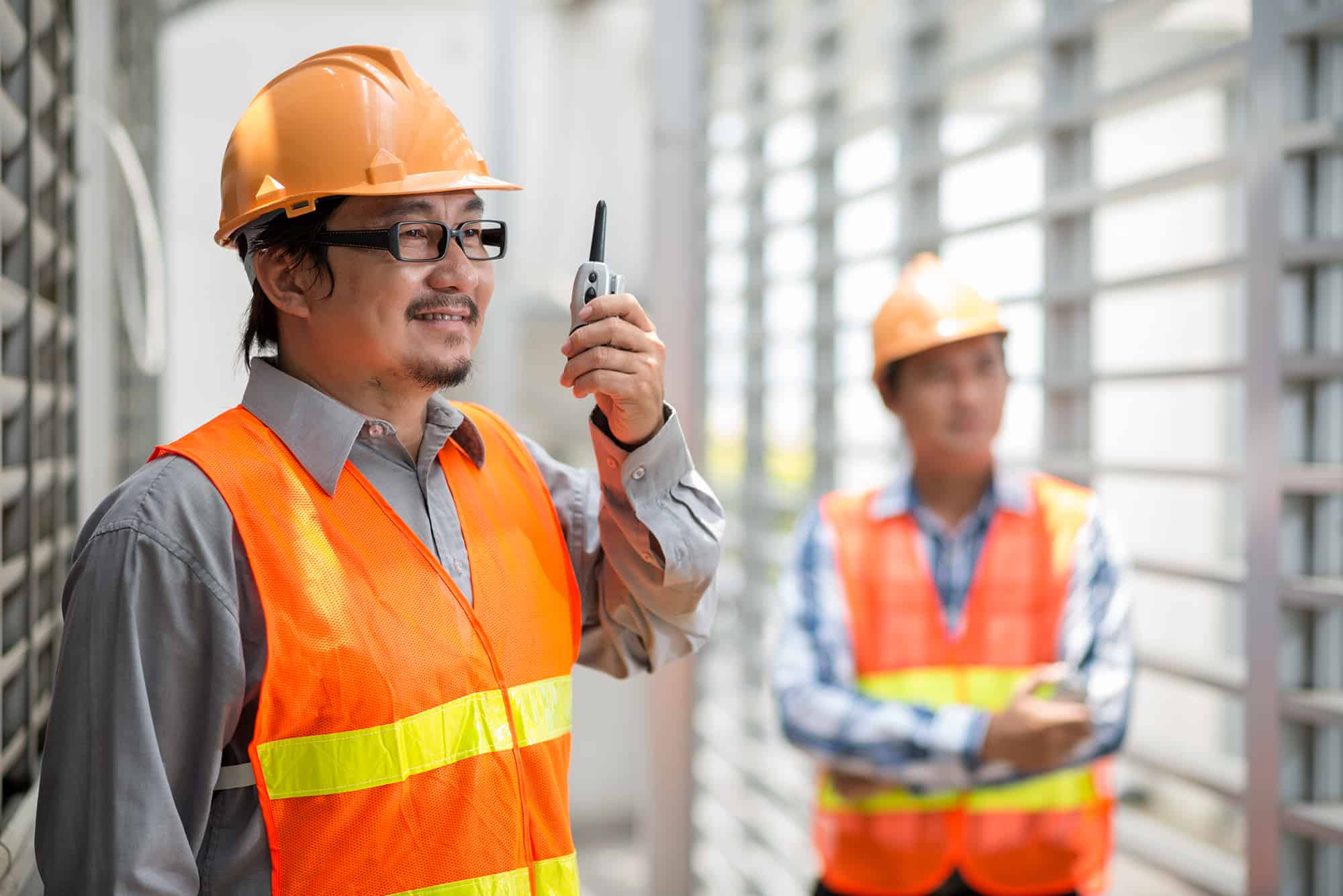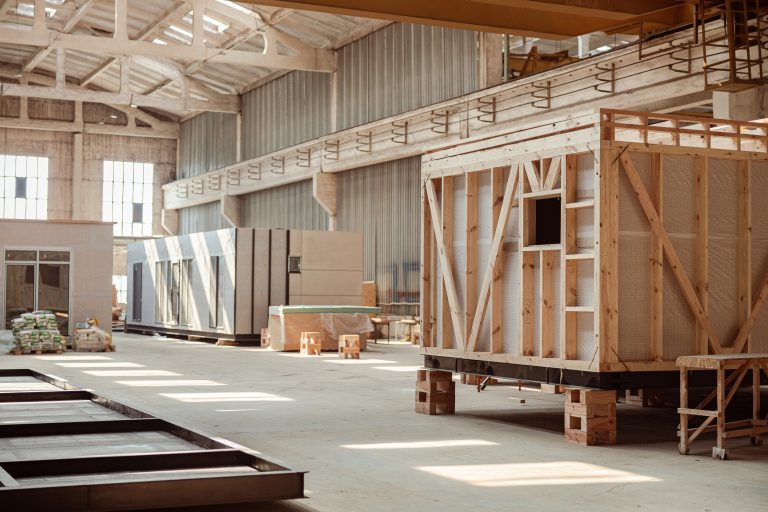In our January post, we talked about the importance of construction safety management – the practice of prioritizing health and safety on construction sites by following a strategic safety management system. While that may sound complicated, in practice, all it takes is a few simple steps to enhance safety on site. Continue reading for five safety tips that all construction sites should follow to ensure that both workers and physical assets are protected.
Tip 1: Don’t Forget PPE
Personal protective equipment – PPE – is essential for reducing human exposure to workplace hazards, and all visitors and workers on site should be required to wear appropriate gear. Common types of PPE include steel-toed boots, hi-viz vests, safety goggles, and hard hats, though the specific type of equipment needed may depend on the site and on the specific tasks being performed. For instance, employees working at heights must use fall protection, such as a safety harness.
Tip 2: Mandate Induction and Training
Mandating an induction and training process for new workers ensures that everyone is up to speed on safety requirements and procedures before even setting foot on site. Ongoing training – in the form of toolbox talks, for example – can also be a major asset. Building a workplace culture that emphasizes safety encourages workers to actively think about risk and responsibility, which in turn reduces the chance of accidents.
Tip 3: Prioritize Site Cleanliness
A construction site is literally a work in progress. That means things can get messy, especially in the early stages of a project, but it’s worth the effort to keep the chaos organized, as loose debris, stagnant water, discarded tools, and related hazards can easily contribute to slips, trips, and other accidents. Prioritize order by creating clear access and escape routes, keeping equipment in an appropriate location, and regularly cleaning and de-cluttering the site.
Tip 4: Use Safety Signs
Placed in strategic locations around a site, safety signs and informational posters are fantastic visual tools for promoting site safety measures. Ideally, signage should reiterate key safety points from induction and training, and should be both clearly written and highly visible. In tandem with other safety measures, quality signage is certain to improve awareness and reduce liability.
Tip 5: Have an Emergency Response Plan
When an emergency occurs – such as a fire, natural disaster, or hazardous material spill – it’s crucial that workers know exactly what to do. An emergency response plan provides this direction, outlining any action that needs to be taken and establishing procedures for tasks such as reporting hazards, and addressing quality issues. Without a plan to handle unexpected circumstances, it’s all too easy for a crisis to quickly spiral out of control.
Whether you are overseeing construction work yourself or are looking to hire a construction company to help with your project, it’s important that there is a safety management system in place. Follow these simple safety tips to ensure a safe, efficient, and financially sustainable working environment.
Looking for a team to take the lead on your next project? At Pulse Construction, we’re committed to doing business with an honest, professional, and competitive approach – without compromising safety or schedules. Contact us today for all of your building needs.



